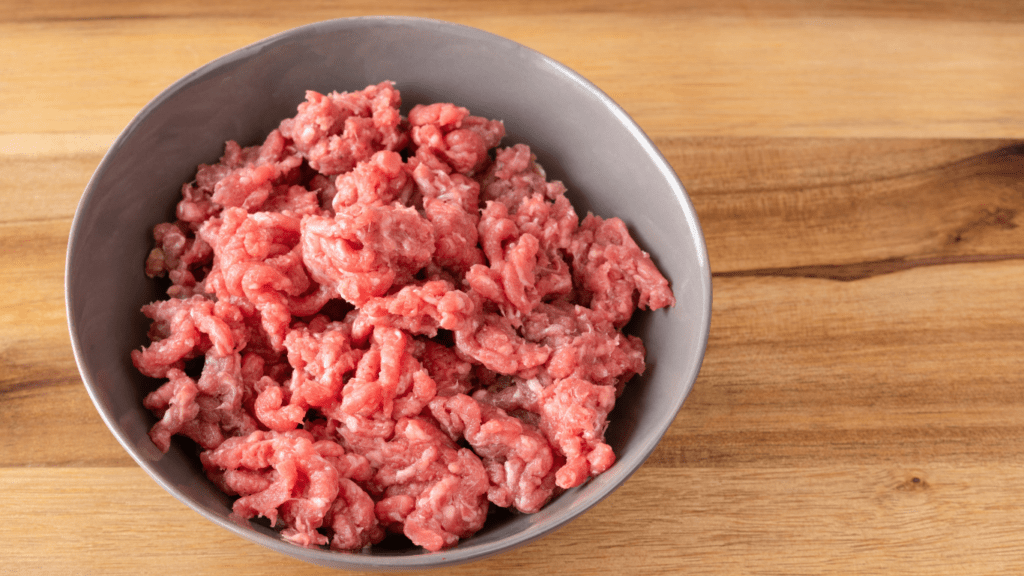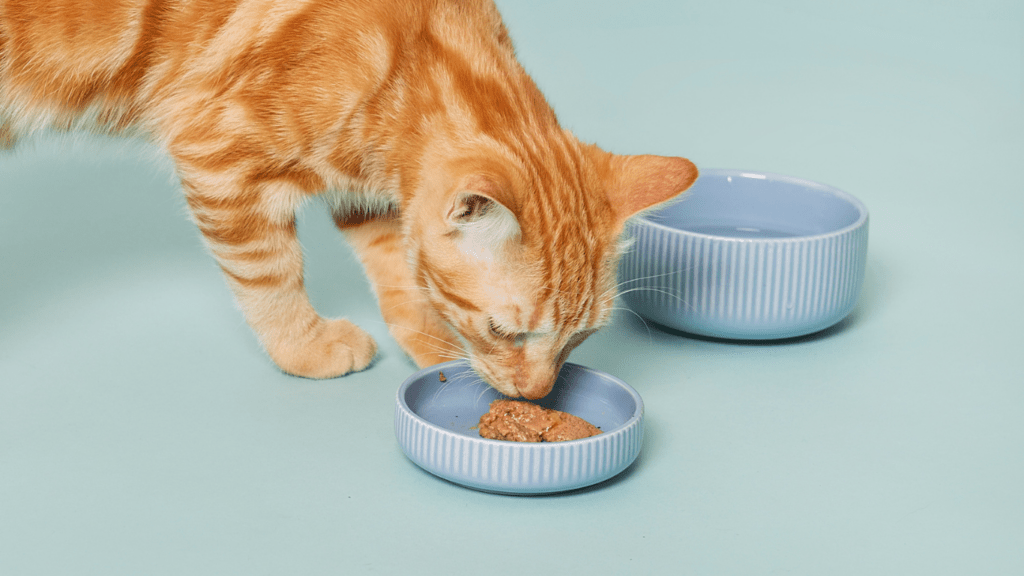Why Choose Homemade Pet Food?
Choosing homemade pet food offers several distinct advantages. Knowing what goes into each meal allows precise control over your pet’s nutrition. This level of control means meals can be tailored to specific dietary needs, such as allergies or sensitivities. In contrast, commercial pet foods often contain fillers, preservatives, and artificial ingredients that might not be healthy.
Another advantage is the quality of ingredients. Using fresh, wholesome ingredients ensures that pets get the necessary nutrients. This can improve their overall health, leading to shinier coats, better energy levels, and increased longevity. For example, adding omega-3 fatty acids from fish oil improves coat health, while lean proteins like chicken support muscle maintenance.
Cost-effectiveness is an additional benefit. While premium commercial pet foods can be expensive, preparing meals at home often reduces costs by using ingredients already present in your kitchen. This not only saves money but ensures you’re providing consistent, high-quality meals.
Lastly, creating pet food at home strengthens the bond between you and your pet. Involving pets in meal preparation, even just by their presence, promotes trust and companionship. Sharing these moments fosters a deeper connection and ensures your pet feels valued and cared for.
Essential Nutrients for Pets
Understanding the essential nutrients for pets ensures that homemade pet food is balanced and nutritious. Let’s explore the primary components that should be included.
Proteins
Proteins, crucial for muscle development and repair, should make up a significant portion of a pet’s diet. Sources include chicken, beef, fish, and eggs. For example, chicken breast provides lean protein while fish like salmon offers omega-3 fatty acids. Ensure the protein source suits your pet’s dietary needs.
Carbohydrates
Carbohydrates provide energy and fiber, aiding in digestion. Include sources like brown rice, oats, and sweet potatoes. For instance, sweet potatoes offer vitamins and fiber, while oats are gentle on the digestive system. Avoid grains or ingredients your pet may be allergic to.
Fats
Fats supply energy and support cell function. Healthy fats come from fish oil, coconut oil, and poultry fat. Fish oil, for example, is rich in omega-3 fatty acids, promoting a shiny coat and healthy skin. Balance the fat content according to your pet’s activity level.
Vitamins and Minerals
Vitamins and minerals are vital for overall health. Include a variety of vegetables and fruits like spinach, carrots, and blueberries. Spinach provides iron and magnesium, while blueberries are rich in antioxidants. Ensure each meal offers a complete range of essential nutrients for your pet’s well-being.
Simple Recipes for Dogs
I’ve found that crafting simple recipes for dogs not only ensures they get a balanced diet but also gives me peace of mind knowing exactly what’s in their meals.
Chicken and Rice Delight
Chicken and rice make up a classic, well-rounded meal for dogs. This recipe provides an excellent combination of proteins and carbohydrates, crucial for energy and muscle maintenance.
To create Chicken and Rice Delight:
Ingredients:
- 2 cups of cooked chicken (shredded)
- 1 cup of cooked brown rice
- 1/2 cup of steamed carrots (diced)
- 1/2 cup of peas
Preparation:
- Cook the chicken thoroughly and shred it into small, bite-sized pieces.
- Steam the carrots until they’re soft, then dice them.
- Mix the shredded chicken, cooked brown rice, steamed carrots, and peas in a large bowl.
Serving:
- Serve in appropriate portions based on your dog’s size and dietary needs.
Sweet Potato and Beef Mix
Rich in fiber and packed with protein, Sweet Potato and Beef Mix offers a nutritional punch for your dog. This meal supports digestion and muscle growth.
To make Sweet Potato and Beef Mix:
Ingredients:
- 1 pound of lean ground beef
- 2 large sweet potatoes (boiled and mashed)
- 1/2 cup of green beans (chopped)
- 1/2 cup of spinach (chopped)
Preparation:
- Brown the ground beef in a skillet, ensuring it’s cooked through.
- Boil the sweet potatoes until tender, then mash them.
- Chop the green beans and spinach into small pieces.
- Combine the browned beef, mashed sweet potatoes, green beans, and spinach in a large bowl.
Serving:
- Serve in portions suitable for your dog’s size, ensuring it meets their daily nutritional needs.
Creating these simple recipes for dogs allows me to provide varied and nutritious meals, enriching their diet and overall health.
Simple Recipes for Cats

Like dogs, cats also benefit from homemade meals. Here are two nutritious recipes to consider.
Tuna and Pumpkin Feast
Cats require a high-protein diet. For a simple recipe, combine 3 oz of cooked tuna with 2 tbsp of canned pumpkin. Tuna provides essential proteins and omega-3 fatty acids, while pumpkin adds fiber that aids digestion. Make sure the pumpkin is plain, without added sugars or spices. Divide the mix into meal-sized portions and serve fresh.
Chicken and Quinoa Bowl
For a balanced cat meal, mix 1/4 cup of cooked, shredded chicken with 2 tbsp of cooked quinoa. Chicken delivers the proteins crucial for muscle maintenance, and quinoa offers essential amino acids and fiber. Ensure the chicken is skinless and free of seasoning. Quinoa should be plain and thoroughly cooked. This blend supports overall health and well-being in cats. Store in the fridge and serve at mealtime.
Tips for Meal Preparation
Preparing homemade pet food can ensure pets get balanced nutrition. Follow these tips to make meal prep easier and more effective.
Portion Control
I always determine the right portion sizes based on my pet’s weight, age, and activity level. For example, adult dogs usually need about 25-30 calories per pound of body weight daily. Adjust portions if your pet gains or loses weight. Additional treats or snacks impact their daily caloric intake, so factor those in too. Consult your vet for precise measurements tailored to your pet.
Storage Instructions
Proper storage keeps homemade pet food fresh and safe. I recommend dividing the food into meal-sized portions. Refrigerate meals if they’ll be used within three days, maintaining a temperature below 40°F. Freeze any portions that won’t be used within this time frame. Use airtight containers to prevent contamination and maintain food quality. Always label containers with preparation and expiration dates to track freshness.
Potential Risks and How to Avoid Them
Homemade pet food offers many benefits, but it’s essential to recognize potential risks and learn how to mitigate them.
Nutritional Deficiencies
Formulating homemade diets may lead to nutritional deficiencies, which can cause health issues over time. Ensuring meals meet all dietary needs is crucial. Use balanced recipes approved by veterinary nutritionists and regularly consult a vet to adjust as needed. I recommend including life-stage-appropriate supplements, particularly for essential vitamins and minerals like calcium, phosphorus, and taurine in cat diets.
Allergies
Homemade pet food can trigger allergies if not carefully managed. Symptoms include itching, gastrointestinal upset, or respiratory issues. Introduce new ingredients one at a time to monitor reactions. If allergies are suspected, consult your vet for testing and guidance on hypoallergenic ingredients. Keep a food diary to track any adverse effects and identify problematic foods quickly.



 Veterinary Advisor & Health Expert
Anthony Brooks is the in-house Veterinary Advisor at Pet Paw Shack, offering expert advice on pet health, disease prevention, and general veterinary care. With years of experience as a licensed veterinarian, Anthony helps guide pet owners through essential topics like vaccinations, routine checkups, and emergency care. His commitment to keeping pets healthy ensures that Pet Paw Shack delivers trusted and accurate medical insights.
Veterinary Advisor & Health Expert
Anthony Brooks is the in-house Veterinary Advisor at Pet Paw Shack, offering expert advice on pet health, disease prevention, and general veterinary care. With years of experience as a licensed veterinarian, Anthony helps guide pet owners through essential topics like vaccinations, routine checkups, and emergency care. His commitment to keeping pets healthy ensures that Pet Paw Shack delivers trusted and accurate medical insights.
